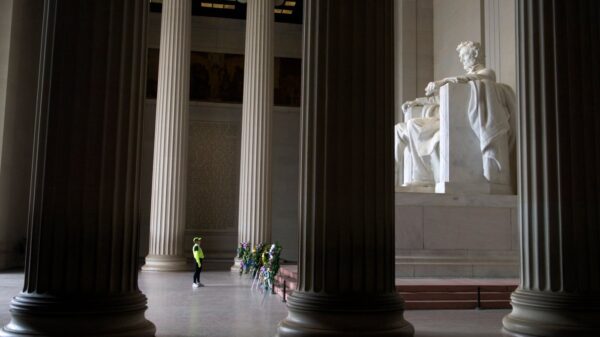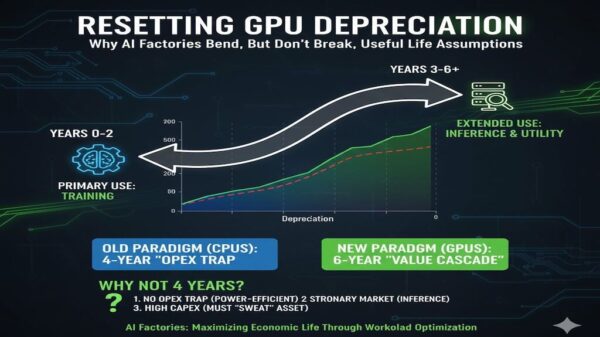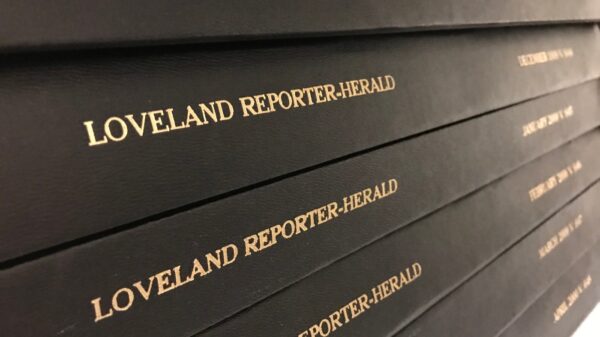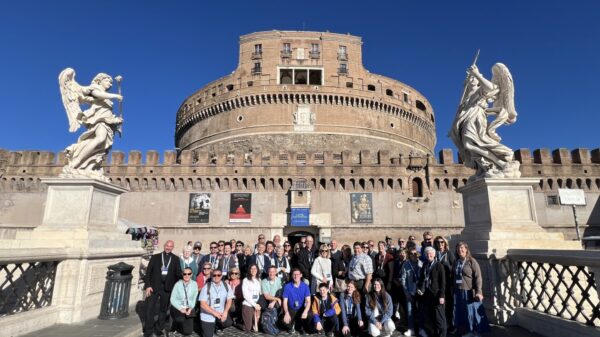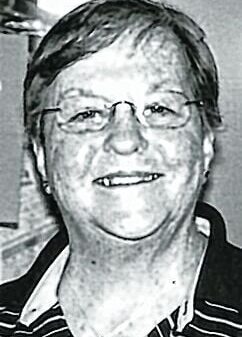In the 1240s, Richard Fishacre, a Dominican friar at Oxford University, made groundbreaking claims about the composition of stars and planets that challenged the prevailing scientific beliefs of his time. He argued that these celestial bodies were made from the same four elements found on Earth, a position that contradicted the Aristotelian doctrine of a unique celestial substance known as the “fifth element.” His insights not only predated modern astronomical findings but also anticipated the methods used by contemporary instruments like the James Webb Space Telescope.
Challenging Ancient Beliefs
During Fishacre’s era, the dominant view, following the teachings of the ancient Greek philosopher Aristotle, posited that celestial bodies were composed of a perfect and unchanging substance known as quintessence. This “fifth element” was thought to form the basis of nine concentric celestial spheres, each associated with different planets and stars. The notion was that these celestial bodies were merely condensed manifestations of this ethereal substance, separate from the four earthly elements: fire, water, earth, and air.
Fishacre, who was the first Dominican friar to teach theology at Oxford, rejected this notion outright. He observed that color and light, typically associated with opaque bodies made from multiple elements, were evident in the light emitted by stars and planets. For instance, the red hue of Mars and the yellow glow of Venus suggested that these bodies were not composed of a singular celestial element but rather of the same four elements found on Earth.
His most compelling argument revolved around the moon. Fishacre noted that the moon has a defined color and periodically eclipses the sun. If the moon were made of the transparent fifth element, sunlight would pass through it without interruption. This, he reasoned, was not the case, leading him to conclude that the moon—and by extension, all celestial bodies—was made from the same elements as Earth.
Facing Backlash and Modern Validation
Fishacre’s assertions did not come without risks. He was aware that his views would attract criticism from those adhering to the Aristotelian perspective. “If we posit this position,” he warned, “then they, that crowd of Aristotelian know-it-alls will cry out and stone us.” His fears were realized in 1250 when St Bonaventure of Bagnoregio, a prominent Franciscan friar, publicly denounced Fishacre’s teachings at the University of Paris, ridiculing those who dared to question Aristotle.
Today, Fishacre’s ideas have gained significant validation through modern astrophysics. Research has shown that stars and planets are indeed composed of many of the same elements found on Earth. For instance, the James Webb Space Telescope recently identified substantial quantities of water and sulfur dioxide in the atmosphere of the exoplanet TOI-421 b, located approximately 244 light years away. This discovery utilized a technique known as transmission spectroscopy, which involves analyzing variations in light to deduce the composition of distant celestial bodies.
Remarkably, this method echoes Fishacre’s approach to understanding the cosmos, demonstrating that nearly 800 years after his death, his pioneering use of light and color to explore the nature of stars and planets resonates with contemporary scientific practices. Fishacre’s legacy serves as a reminder of the enduring quest for knowledge and the importance of questioning established beliefs in the pursuit of truth.













